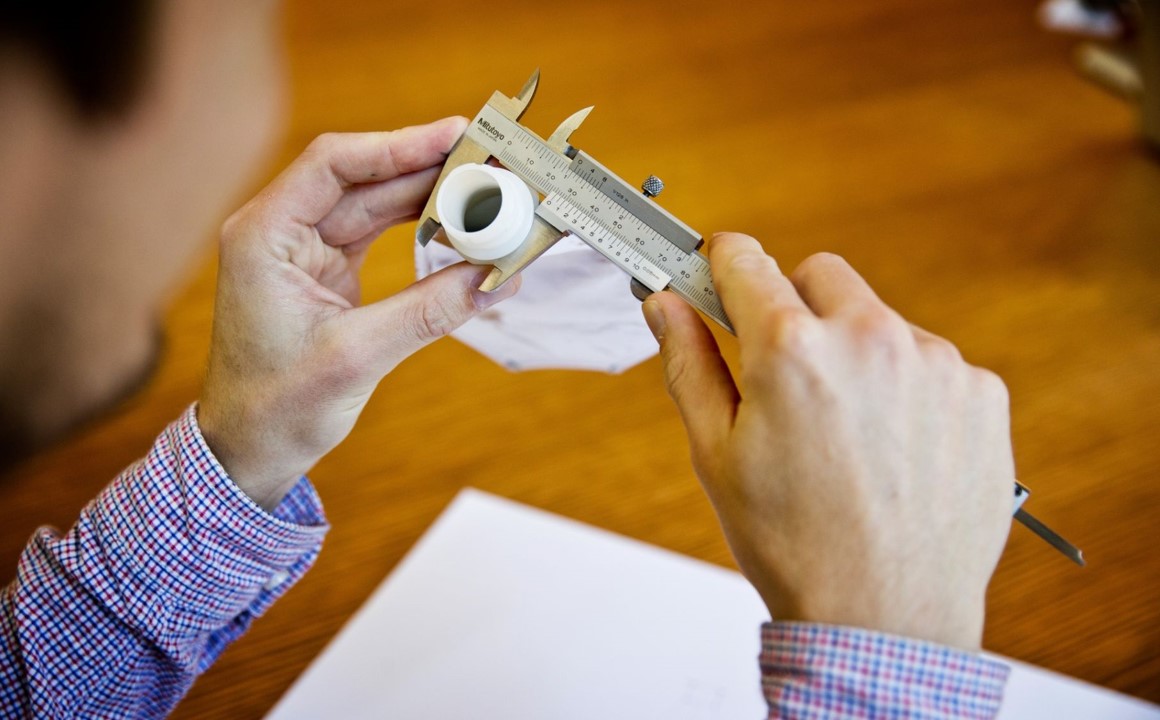Recyclability / design for recycling
For whom: all Manufacturers
When: rule to enter into force in 2030, more will be known at the end of 2027
What does Verpact do: Verpact actively contributes to the development of a methodology for determining the recyclability of packaging within the European standardisation organisation CEN. This methodology will be considered by the European Commission when writing further rules.

All packaging put on the market must be recyclable. As from 2030, the following criteria (further specified by 2027) will apply for recyclability:
- Designed for recycling
- Can be collected separately
- Easy to sort into specific, homogeneous output streams
- Recyclable in such a way that primary raw materials are saved
By early 2028 at the latest, the European Commission will publish design for recycling guidelines, including so-called recycling performance grades (RPGs). These are performance classes for recyclability, expressed as a percentage of the packaging weight that is recyclable. These will apply from 2030 onward.
From then on, a distinction will be made between 22 types of packaging (excluding packaging cf. SUP legislation). For each of these packaging types, conditions will be established on how the RPGs should be calculated.
RPGs have 3 classes:
- Class A: 95% recyclable or more
- Class B: 80% recyclable or more
- Class C: 70% recyclable or more
As from 2030, only class A, B and C packaging may be put on the market. Packaging that is less than 70% recyclable may no longer be put on the market. The rate will fluctuate with the RPGs, with further rules to be drawn up by the European Commission here as well.
By 2035, all packaging must be recyclable at scale. This means that for each individual type of packaging put on the market by a manufacturer anywhere in the EU, at least 55% is recycled (except for wood, where this is 30%). This will be further elaborated in 2030, also through so-called secondary legislation.